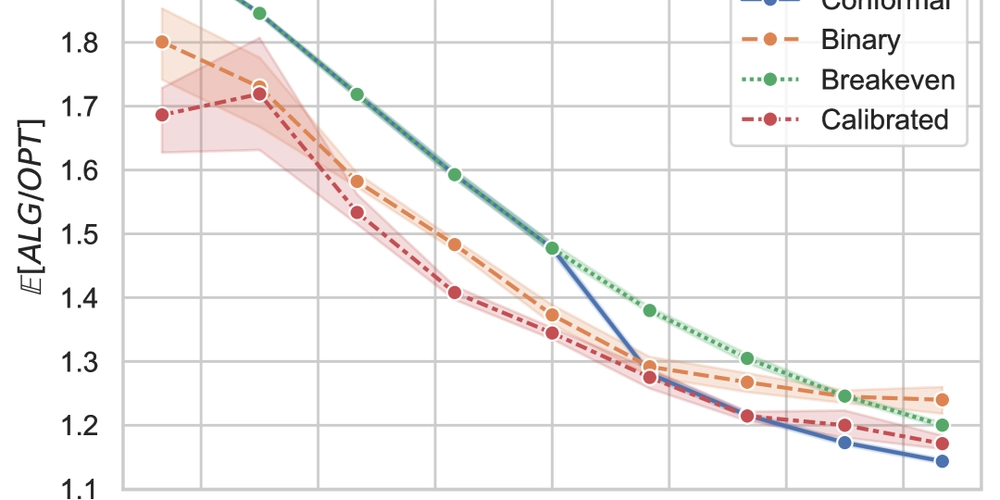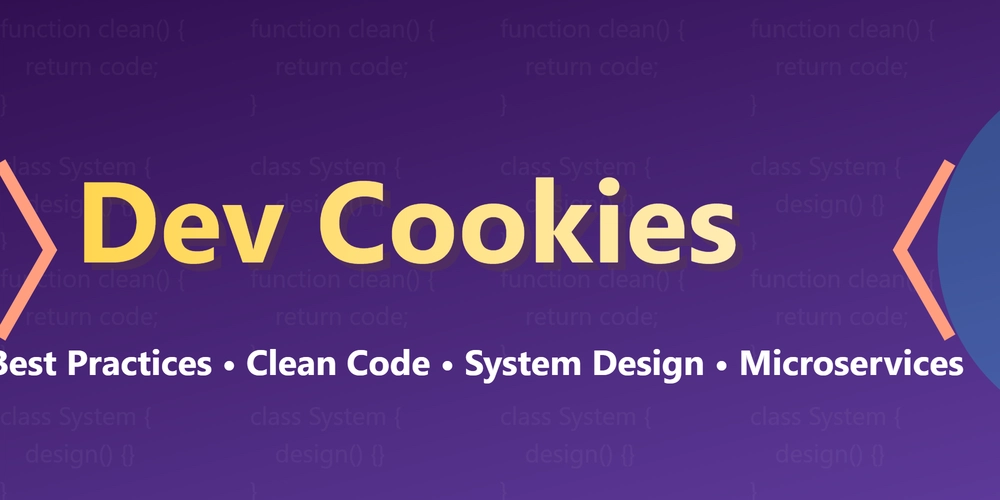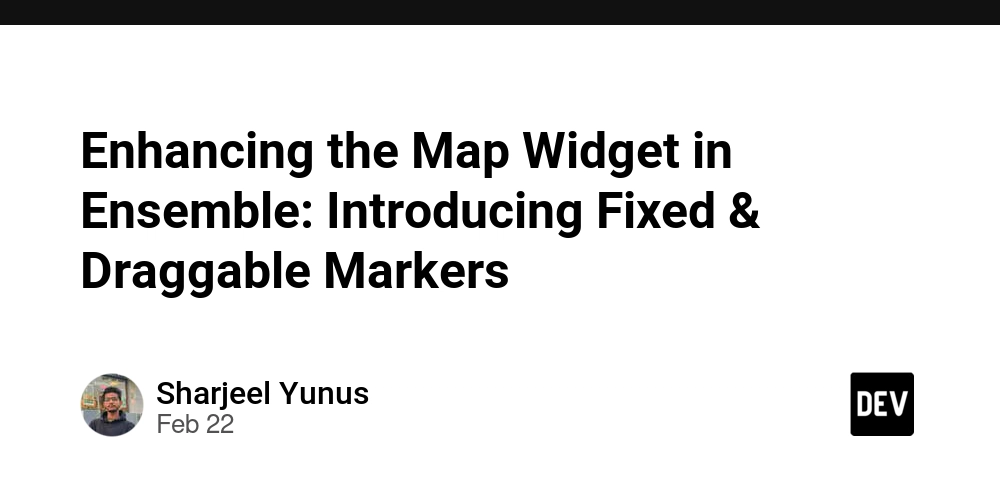^ (Caret) and ~ (Tilde) in package.json
You must have seen at least once package.json file throughout your developer journey. package.json is a file that contains information about a project, among which are project dependencies and their corresponding versions. But then, you must have noticed that some versions have ^ (caret) or ~ (tilde) in front of them. What are they for and what do they mean? REMINDER: x.x.x format Example: "pg": "8.7.3" The x.x.x format you see in version numbers follows this structure: MAJOR.MINOR.PATCH So, in the example above: 8 - MAJOR 7 - MINOR 3 - PATCH ~ (Tilde) - Patch Updates Allows only patch updates within the same minor version. "mongoose": "~6.2.2" Allows updates up to 6.2.x, but not 6.3.0. Here, it will install new versions like 6.2.3, 6.2.7, 6.2.9, but it will not install 6.3.0. Why use ~? For backend libraries, especially security-related ones, developers often want to allow only patch updates to avoid breaking API changes. ^ (Caret) - Minor and Patch Updates Allows updates only within the same major version, meaning it allows only minor and patch updates. "react": "^18.2.0" Allows 18.2.0 up to 18.x.x, but not 19.0.0. Here it will install new versions like 18.2.3, 18.3.4, 18.5.2, 18.8.6, but it will not install 19.0.0. Why use ^? Frontend libraries frequently release minor updates, so ^ helps get the latest bug fixes and performance improvements without breaking the major version. Summary Symbol Example Allowed Updates ^ ^4.17.21 4.17.21 → 4.x.x (not 5.0.0) ~ ~4.17.1 4.17.1 → 4.17.x (not 4.18.0)

You must have seen at least once package.json file throughout your developer journey.
package.json is a file that contains information about a project, among which are project dependencies and their corresponding versions.
But then, you must have noticed that some versions have ^ (caret) or ~ (tilde) in front of them. What are they for and what do they mean?
REMINDER: x.x.x format
Example:
"pg": "8.7.3"
The x.x.x format you see in version numbers follows this structure:
MAJOR.MINOR.PATCH
So, in the example above:
-
8- MAJOR -
7- MINOR -
3- PATCH
~ (Tilde) - Patch Updates
- Allows only patch updates within the same minor version.
"mongoose": "~6.2.2"
Allows updates up to 6.2.x, but not 6.3.0.
Here, it will install new versions like 6.2.3, 6.2.7, 6.2.9, but it will not install 6.3.0.
Why use ~?
For backend libraries, especially security-related ones, developers often want to allow only patch updates to avoid breaking API changes.
^ (Caret) - Minor and Patch Updates
- Allows updates only within the same major version, meaning it allows only minor and patch updates.
"react": "^18.2.0"
Allows 18.2.0 up to 18.x.x, but not 19.0.0.
Here it will install new versions like 18.2.3, 18.3.4, 18.5.2, 18.8.6, but it will not install 19.0.0.
Why use ^?
Frontend libraries frequently release minor updates, so ^ helps get the latest bug fixes and performance improvements without breaking the major version.
Summary
| Symbol | Example | Allowed Updates |
|---|---|---|
^ |
^4.17.21 |
4.17.21 → 4.x.x (not 5.0.0) |
~ |
~4.17.1 |
4.17.1 → 4.17.x (not 4.18.0) |








































































































































































![[The AI Show Episode 142]: ChatGPT’s New Image Generator, Studio Ghibli Craze and Backlash, Gemini 2.5, OpenAI Academy, 4o Updates, Vibe Marketing & xAI Acquires X](https://www.marketingaiinstitute.com/hubfs/ep%20142%20cover.png)


















































































































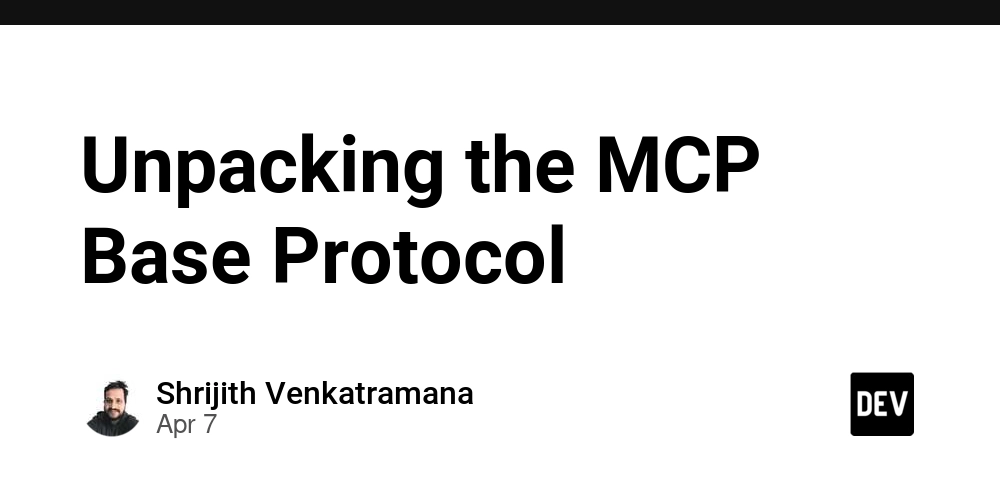












![From drop-out to software architect with Jason Lengstorf [Podcast #167]](https://cdn.hashnode.com/res/hashnode/image/upload/v1743796461357/f3d19cd7-e6f5-4d7c-8bfc-eb974bc8da68.png?#)


































































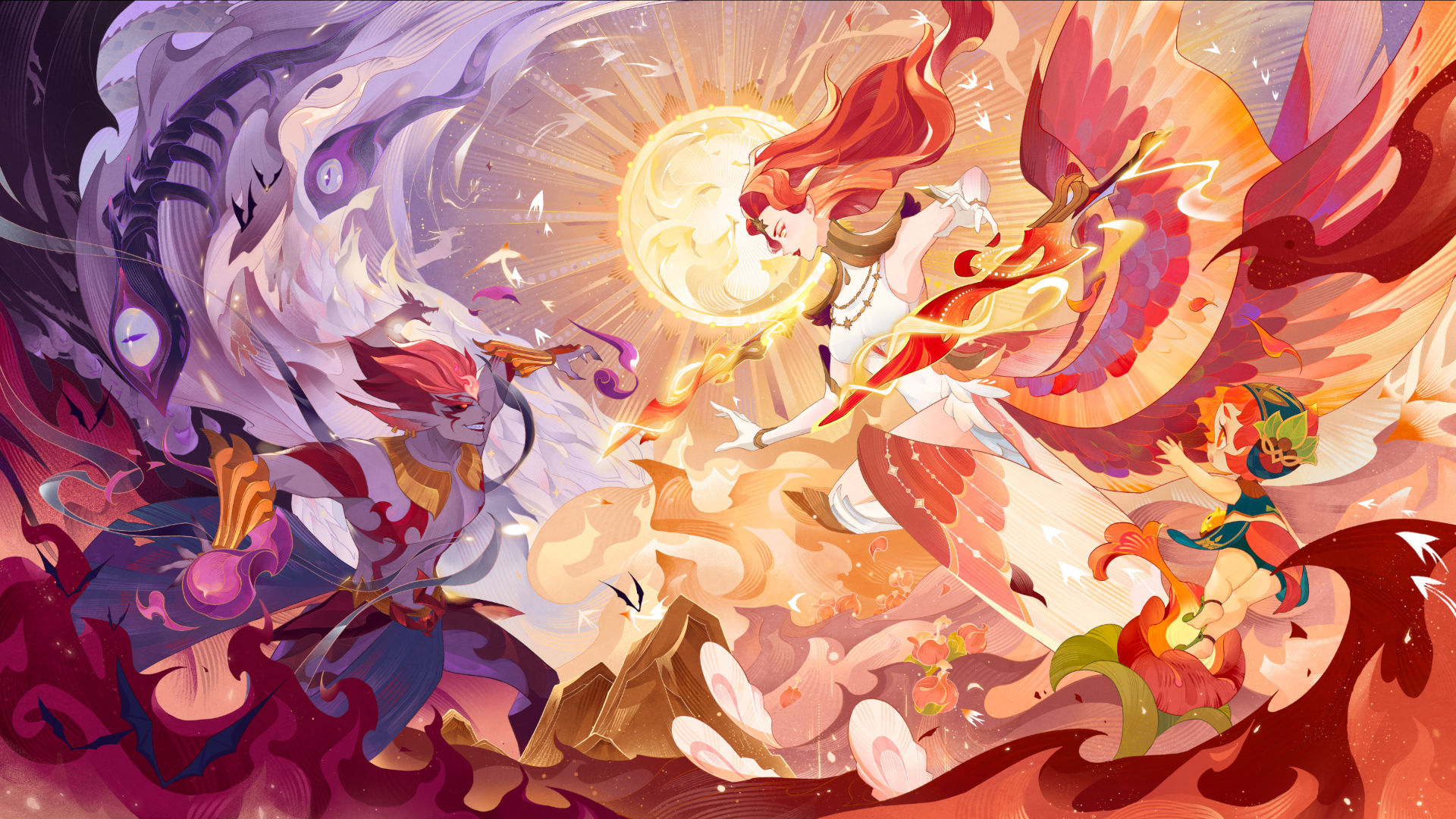


























![Switch 2 Pre-Order Rules Are Some BS: Here's How They Work [Update]](https://i.kinja-img.com/image/upload/c_fill,h_675,pg_1,q_80,w_1200/485ec87fd3cea832387b2699e4cbd2a1.jpg)











.png?#)




(1).jpg?width=1920&height=1920&fit=bounds&quality=80&format=jpg&auto=webp#)




-Mario-Kart-World-Hands-On-Preview-Is-It-Good-00-08-36.jpg?width=1920&height=1920&fit=bounds&quality=80&format=jpg&auto=webp#)





















_NicoElNino_Alamy.png?#)
_Igor_Mojzes_Alamy.jpg?#)

.webp?#)
.webp?#)










































































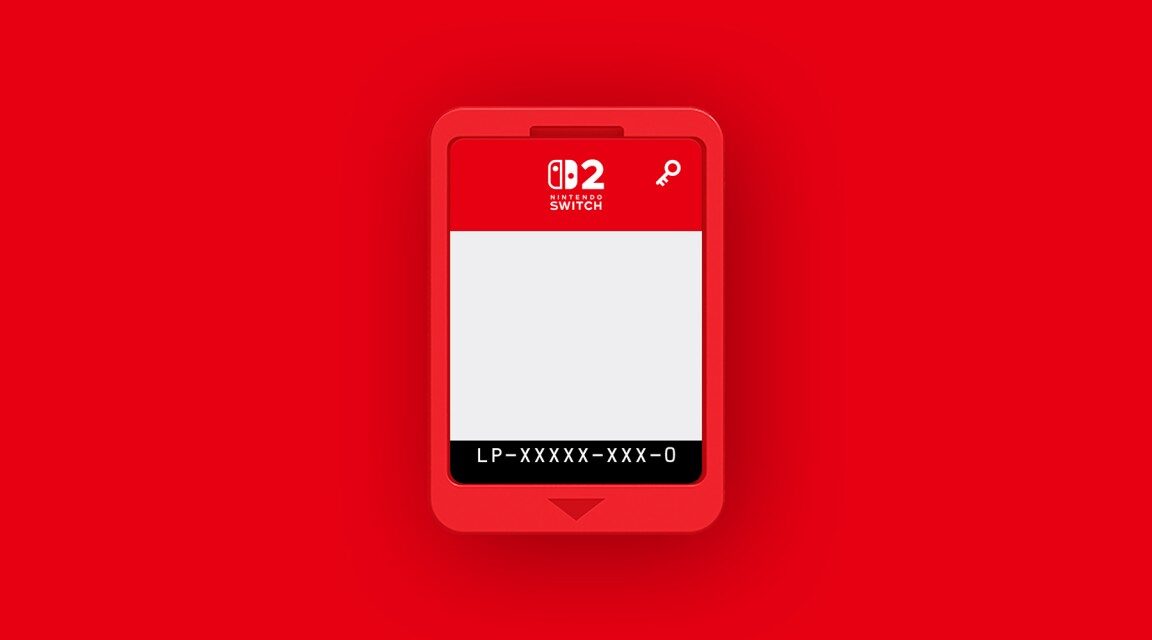


































![Blackmagic Design Unveils DaVinci Resolve 20 With Over 100 New Features and AI Tools [Video]](https://www.iclarified.com/images/news/96951/96951/96951-640.jpg)


![Apple Considers Delaying Smart Home Hub Until 2026 [Gurman]](https://www.iclarified.com/images/news/96946/96946/96946-640.jpg)



























































































































